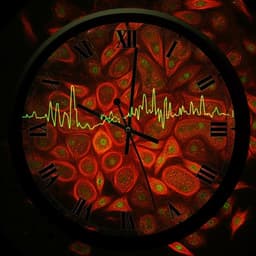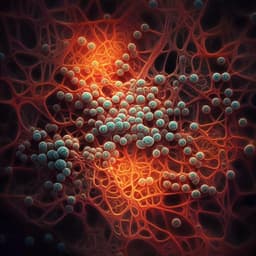
Medicine and Health
Organ-specific, multimodal, wireless optoelectronics for high-throughput phenotyping of peripheral neural pathways
W. S. Kim, S. Hong, et al.
This innovative study led by Woo Seok Kim and colleagues presents a groundbreaking multimodal, wireless optoelectronic device, promising precise optogenetic manipulations in vivo. Its unexpected findings on vagal sensory fibers and appetite suppression push the boundaries of our understanding, showcasing resilience even in challenging gastric environments.
Playback language: English
Related Publications
Explore these studies to deepen your understanding of the subject.







